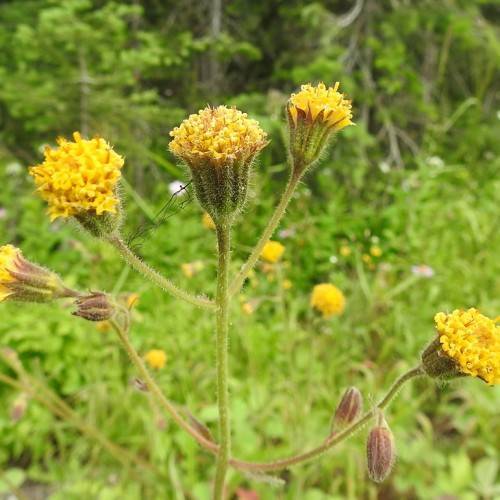
Parry's Arnica
Arnica parryi
Watering:
Average
Hardiness Zone:
Flowers:
Flowers
Sun:
Sun, Partial Shade
Soil:
Sand, Loam
Leaf:
Yes
Growth Rate:
Low
Drought Tolerant:
Yes
Care Level:
Medium
watering
Hairy Arnica should be watered approximately once a week, depending on the season and soil. During the warmer months (spring and summer), the soil needs to be kept slightly moist and it may require a slightly higher frequency of watering. However, during the cooler months (autumn and winter) it is best to water the plant less frequently, only when the top inch of soil has dried out. Too much water can lead to rot, so it is best to err on the side of less water especially during the cooler months.
sunlight
Hairy Arnica (Arnica mollis) is a sun-loving perennial plant species that thrives best with full to partial sun exposure. In general, 6-8 hours of direct sunlight per day is ideal for this species in order to encourage maximum flowering. If planted in a container, Hairy Arnica should be placed in an area that receives at least 4 hours of direct sunlight a day. The plant also does well with indirect morning or afternoon sunlight, so it is recommended that the container is moved around a few times a week for optimal growth. While the ideal position for Hairy Arnica is in a sunny spot, the plant can also tolerate some light shade. However, it is important to note that as this species does not do well in deep shade, it should never be placed in a completely darkened area for extended periods of time.
pruning
Hairy Arnica (Arnica mollis) should be pruned in the late spring, after the flowers have bloomed. The pruning should be light, removing only the oldest stems to encourage new growth. If the plant is getting too large, it may be necessary to prune the stems back to about 6 inches from the base. This will keep the plant looking neat, healthy, and blooming for many years.
